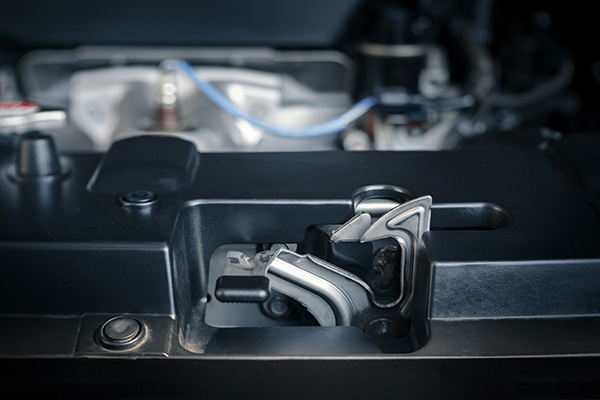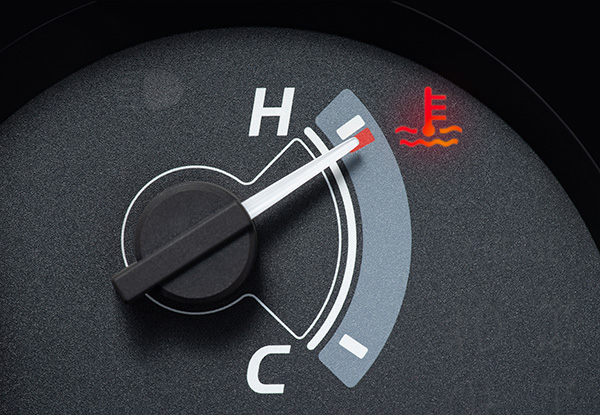Posted on 3/28/2025

You pull the hood release lever inside your car, expecting to hear that familiar pop—but nothing happens. Or maybe the lever feels loose, or you hear the pop, but the hood stays shut. When your hood won’t open, it’s more than just frustrating—it keeps you from checking your oil, refilling fluids, or inspecting your engine. This kind of problem often catches drivers off guard. It usually seems minor until the moment you need to check something under the hood and realize you can’t. Thankfully, most of the time, it’s a mechanical issue that can be fixed without replacing major components—if you catch it early enough. Causes of a Stuck Hood When the hood release doesn’t work, it’s almost always one of three things: a broken cable, a jammed latch, or a misalignment between the latch and the hood catch. The release system works like this: a cable runs from the lever inside your car to the hood latch under the front of ... read more
Posted on 2/28/2025

Your engine relies on coolant to maintain the right temperature, but what if the level keeps dropping with no visible leak? It might seem like a mystery, but in many cases, it’s a warning sign of a hidden issue. From internal leaks to evaporation, several factors could be at play. So, what’s causing your coolant to disappear, and when should you be concerned? Internal Coolant Leaks Not all coolant leaks are visible. If coolant is escaping inside the engine, it may not leave behind a puddle or noticeable drips under your car. Instead, the coolant could be mixed with engine oil or burned off in the combustion chamber. Two key culprits behind internal coolant loss are: Blown Head Gasket – The head gasket seals the engine block and cylinder head, keeping coolant, oil, and combustion gases separate. If it fails, coolant can leak into the cylinders and burn off during combustion, leading to white smoke from the exhaust, rough idling, or overheating. Cra ... read more
Posted on 1/31/2025

Buying a used car can be a smart financial move, but it comes with its fair share of risks. While pre-owned vehicles offer great value, they can also hide potential issues that could cost you down the road. That’s why a thorough inspection is necessary before you commit to purchasing. By knowing what to look for, you can make an informed decision and avoid unexpected surprises. Let’s explore what you should inspect before buying a used car to ensure it meets your needs and expectations. Exterior Condition Start your inspection with the car’s exterior. Take a walk around the vehicle and pay close attention to the paint, body panels, and alignment. Are there any dents, scratches, or signs of rust? While minor cosmetic issues may not be deal-breakers, they can indicate how well the car was maintained by its previous owner. Look for uneven gaps between panels or mismatched paint, which could suggest past accidents or poor repair work. Check the window ... read more